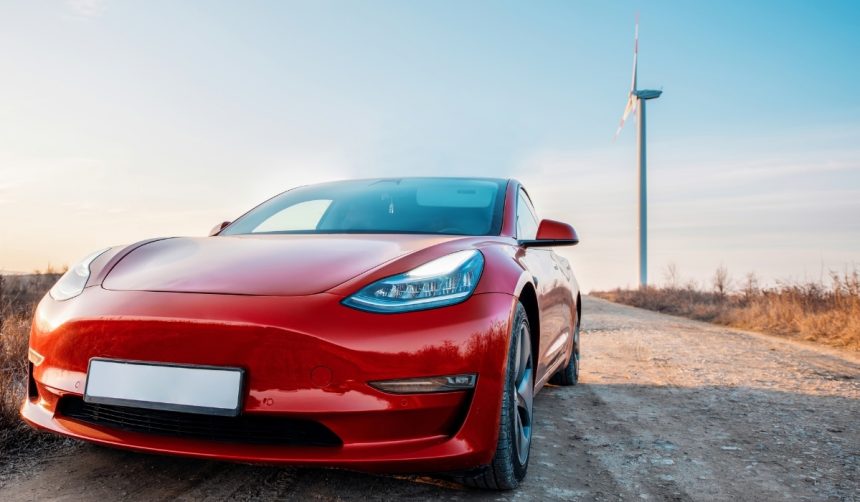Tesla is accelerating its humanoid robot project, Optimus, with plans to produce its first legion of robots within the year. The company targets manufacturing up to 5,000 units in 2025, a significant step from its initial announcement in 2021. This ambitious goal underscores Tesla’s commitment to integrating advanced robotics into its portfolio, potentially transforming various industries through automation.
Tesla’s progress on Optimus marks a notable advancement from earlier stages where only static models and prototype suits were showcased. The current development phase demonstrates substantial improvements in the robot’s functionality and human-like movements, indicating a faster-than-expected rollout towards mass production.
How Has Optimus Evolved Since Its Inception?
Since its reveal in 2021, Optimus has undergone multiple iterations. The latest version features enhanced components, including hands with 22 degrees of freedom, enabling more precise and versatile movements. These upgrades demonstrate Tesla’s focus on refining the robot’s physical capabilities to better mimic human actions.
What Are the Production Goals for 2025?
During the Q1 2025 All-Hands meeting, Elon Musk announced that Tesla’s Fremont Factory has already produced its first Optimus robot. Musk mentioned, “So this year, we hopefully will be able to make about 5,000 Optimus robots. We’re technically aiming for enough parts to make 10,000, maybe 12,000…” This indicates a scalable production effort aimed at significant deployment by year-end.
What Improvements Are Highlighted in the Latest Update?
The recent Optimus update video showcases a more humanlike gait, with straight knees and smoother heel-to-toe movements. Milan Kovac, Tesla Vice President of Optimus, stated,
“Entirely trained in simulation with RL.”
This highlights the use of reinforcement learning to enhance the robot’s walking capabilities, making it more adaptable and efficient in real-world scenarios.
The advancements in Optimus reflect Tesla’s ongoing commitment to robotics innovation. By leveraging simulation-based training and enhancing mechanical design, Tesla aims to create a versatile humanoid robot capable of performing a wide range of tasks. This progress not only positions Tesla as a leader in robotics but also paves the way for integrating such robots into everyday industries and services.










